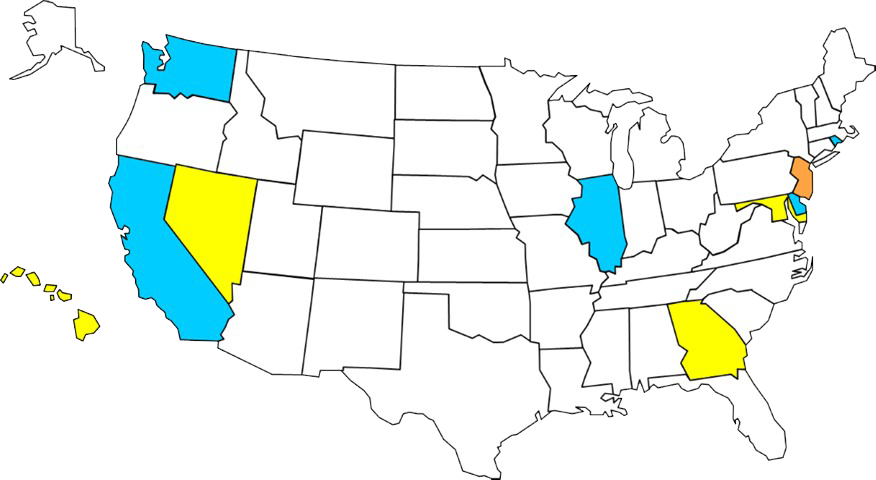Overview
Teen drivers have a higher rate of crashes than drivers of any other age group as drivers lack the experience and ability to perform many of the complex tasks associated with driving. Teens, particularly males, are more likely succumb to peer pressure, overestimate their abilities, and experience emotion and mood swings, leading to crashes.
The chance of a teen driver being involved in a car crash is directly proportional to the number of teenage passengers being transported. Alcohol and drug use increases risks. Teenage drivers drive after using drugs and alcohol less often than older drivers, but experience twice as many alcohol and drug-related crashes.
Compared with other age groups, teens have among the lowest rates of seat belt use. In 2015, only 61% of high school students reported they always wear seat belts when riding with someone else.
Teens are also far more likely to text and drive and to become more easily distracted than other drivers.
AAP Position
- A learner permit period that starts at age 16.
- A learner’s permit that lasts no fewer than 6 months.
- 50 hours of supervised, on the road driving during the permit stage with 10 hours at night.
- Nighttime driving restriction that lasts from 12:00 am-5:00 am until age 18.
- Allow no more than 1 teenage passenger until age 18., no passengers for the first 6 months.
- Maintain and enforce zero tolerance policies for alcohol and cannabis use by teens.
- Require use of safety belts by all occupants, subject to primary enforcement.
- Prohibit mobile phone use for all drivers, subject to primary enforcement.
- Require standard decals or license plates to identify teen drivers.
Facts
- According to the National Highway Transportation Safety Administration (NHTSA), 4,853 people were killed in crashes involving young drivers (age 15 - 20) in 2016:
- 1,908 were young drivers
- 1,018 were passengers of young drivers
- 1,927 victims were pedestrians, cyclists, and the occupants of the other vehicles involved in crashes with young drivers.
- Fatal crash rates are 21% lower for 15- to 17-year-old drivers when prohibited from having any teenage passengers in their vehicles, compared to when two or more passengers were permitted.
- States with nighttime driving restrictions show crash reductions of up to 60% during restricted hours.
- The economic impact of teen crashes reported to police is estimated to be $40 billion.
Progress
- 1 state and DC – laws include 7 of 9 AAP GDL recommendations
- 5 states – laws include 6 of 9 AAP GDL recommendations
- 4 states – laws include 5 of 7 AAP GDL recommendations

For information on current law or pending legislation in your state, please contact AAP State Advocacy at stgov@aap.org.